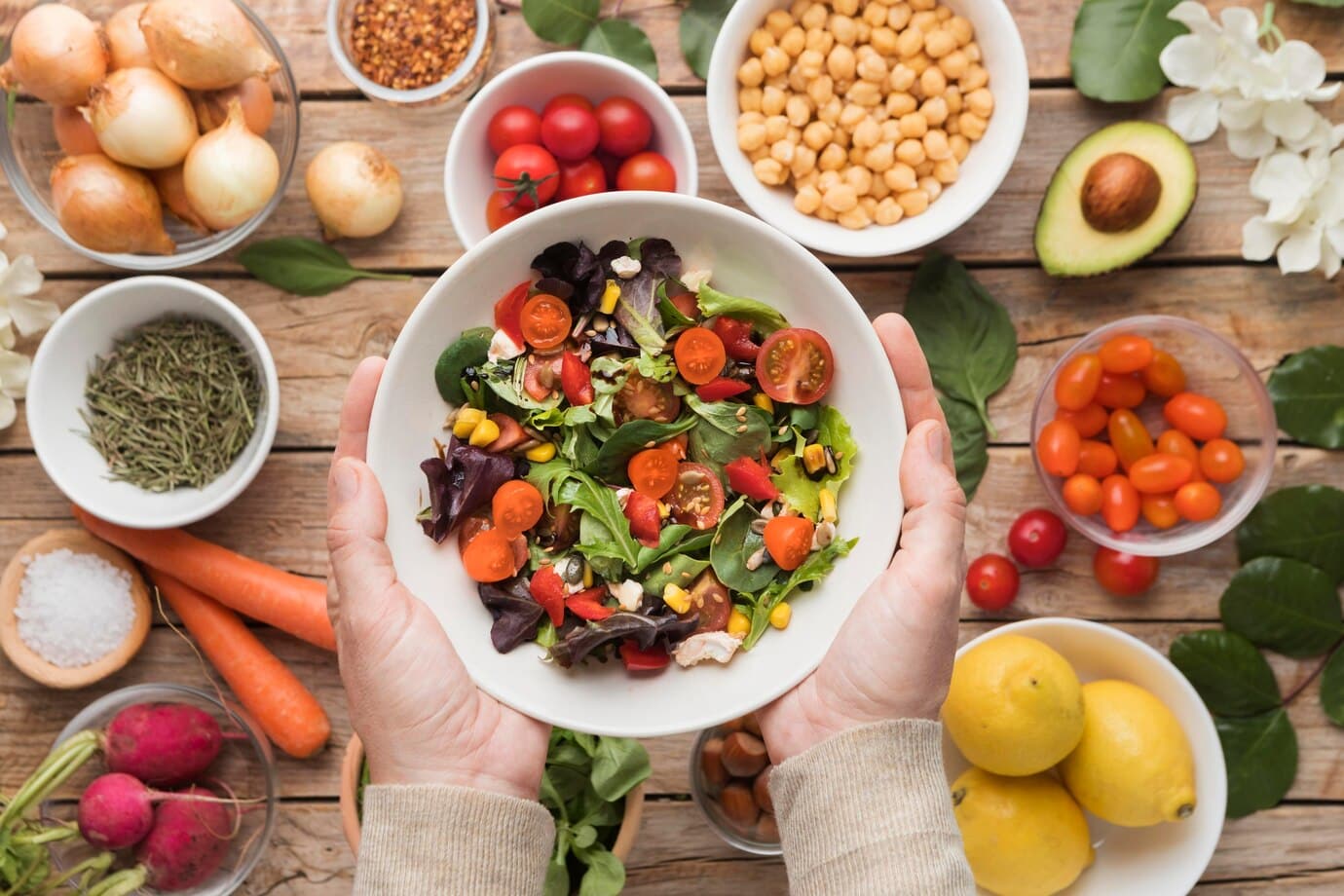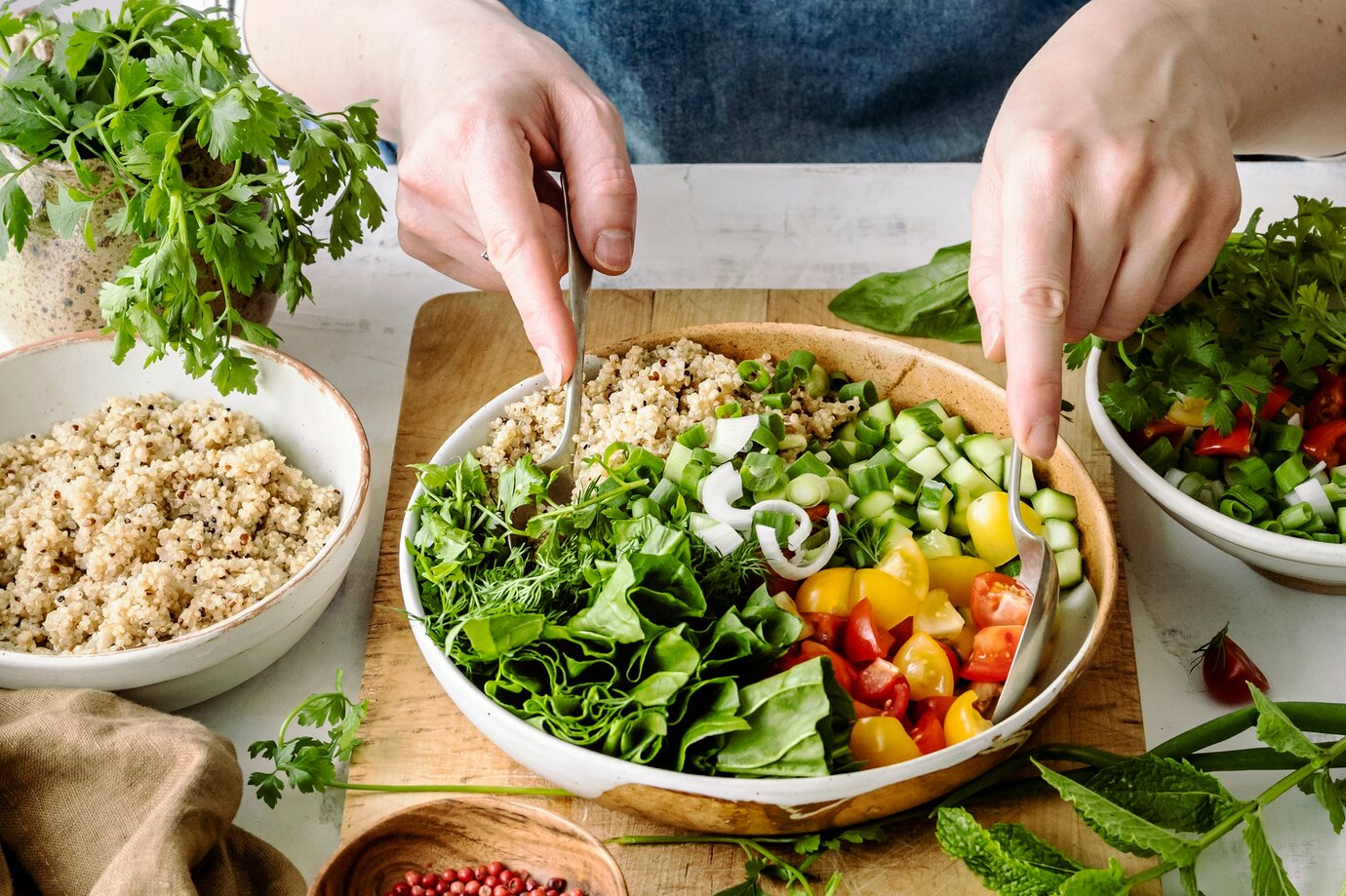
How to Meal Prep for a Week of Healthy Eating
The busyness of life makes it easy to choose quick, convenient food options without considering health. This modern-day diet dilemma has a practical solution: meal prepping. You can plan and prepare a week’s worth of healthy meals. This reduces stress, saves time, and ensures you eat well. Whether your goal is weight loss or simply eating healthier, this guide will help you create a structured meal plan.
Quick Guide: How to Meal Prep for a Week of Healthy Eating

- Meal prepping is a smart way to ensure healthy eating throughout the week.
- Start by planning balanced meals, creating a shopping list, cooking in batches, and storing meals in individual portions for easy access.
- This approach saves time, reduces stress, and helps maintain a healthier diet.
Key Benefits of Meal Prepping

Why It Matters
Meal prepping is more than just a trend; it’s a lifestyle choice that can transform your approach to food. Here’s why it’s worth considering:
- Saves Time and Reduces Stress: Spending a few hours each week on meal prep cuts down on daily decisions. This way, you avoid stress and don’t rely on unhealthy convenience foods.
- Supports Weight Loss Goals: Meal prepping helps control portions and balance nutrients. This cuts down the urge for high-calorie snacks or fast food.
- Encourages Healthy Eating: Meal planning helps you get enough lean proteins, veggies, whole grains, and healthy fats. This is good for your body and mind.
- Cuts Food Waste and Saves Cash: Buying what you need for the week saves money and reduces food waste.
Step-by-Step Guide to Meal Prepping
Step 1: Plan Your Meals
Start by designing a weekly meal plan that aligns with your dietary goals. Ensure a balanced mix of proteins, vegetables, whole grains, and healthy fats. Use meal planning apps or online resources for inspiration and variety.
Step 2: Create a Shopping List
Once your meals are planned, create a categorised grocery list (produce, dairy, pantry staples, proteins, etc.). Sticking to your list helps you save time and avoid unnecessary purchases. Buying staples like grains and legumes in bulk can enhance savings.
Step 3: Set Aside Time for Meal Prep
Choose a specific day—like Sundays—to cook and portion your meals. Investing in high-quality, airtight storage containers ensures freshness and easy reheating. Label meals with dates to keep track of their shelf life.
Step 4: Cook in Batches
Batch cooking helps maximise efficiency. Cook big batches of staple foods like quinoa, brown rice, proteins, and roasted veggies. You can mix and match them during the week. This strategy keeps meals varied and prevents monotony.
Step 5: Portion and Store Your Meals
Dividing meals into single-serving portions maintains portion control and ensures balanced nutrition. Organize meals in the refrigerator or freezer by type or day to simplify your routine.
Pro Tip: Experiment with different flavours and ingredients to keep meals interesting and avoid monotony.
Additional Expert Tips & Common Mistakes to Avoid

Best Practices for Meal Prepping Success
- Try Different Flavors: Mix up your meals with various tastes, textures, and cuisines to keep things interesting. Rotate proteins and use various herbs and spices to keep meals exciting.
- Keep It Simple: Pick easy recipes that need few ingredients. This helps you stay consistent with your meal prep routine.
- Stay Organized: Keep a meal-prepping journal or use a digital planner to track your progress and make adjustments as needed.
Common Mistakes to Avoid
- Overcomplicating Recipes: Elaborate meals can make meal prepping feel overwhelming. Stick to simple, nutritious dishes that are easy to prepare.
- Neglecting Proper Storage: Poor storage can lead to spoilage. Use airtight containers and refrigerate or freeze meals as needed to maintain freshness.
- Lack of Planning: Without a structured plan, meal prepping can become chaotic. Establish a routine that works for you and stay consistent.
Important: Proper storage is key—use airtight containers and label meals to prevent spoilage and maintain freshness.
FAQ: Meal Prepping Made Easy
How long do meal-prepped meals last?
Most prepped meals stay fresh in the refrigerator for 3-5 days. For longer storage, freeze meals for up to 3 months.
Can I meal prep if I have dietary restrictions?
Absolutely! You can customise meal prepping for any diet, like vegetarian, keto, gluten-free, or low-carb.
What are the best containers for meal prepping?
Opt for BPA-free, microwave-safe, and airtight containers. Glass containers are a great option for maintaining freshness and reducing plastic waste.
How do I prevent meals from getting boring?
Vary your meal plan by incorporating different proteins, vegetables, and seasonings. Experiment with new recipes to keep your meals exciting.
Can I meal prep snacks too?
Yes! Healthy snacks like sliced fruits, nuts, yoghurt, and homemade energy bars can keep you on track between meals.
Meal Prepping for Long-Term Success
Planning and prepping meals ahead saves time. It also cuts stress and helps you stick to your health goals. Whether you’re looking for weight loss meal plans or simply want to eat healthier, meal prepping can be a game-changer.
Start today—embrace variety, stay organised, and be flexible. With time, meal prepping will feel natural. This change will boost your health and well-being. Share your meal prepping tips and experiences in the comments below—we’d love to hear from you!